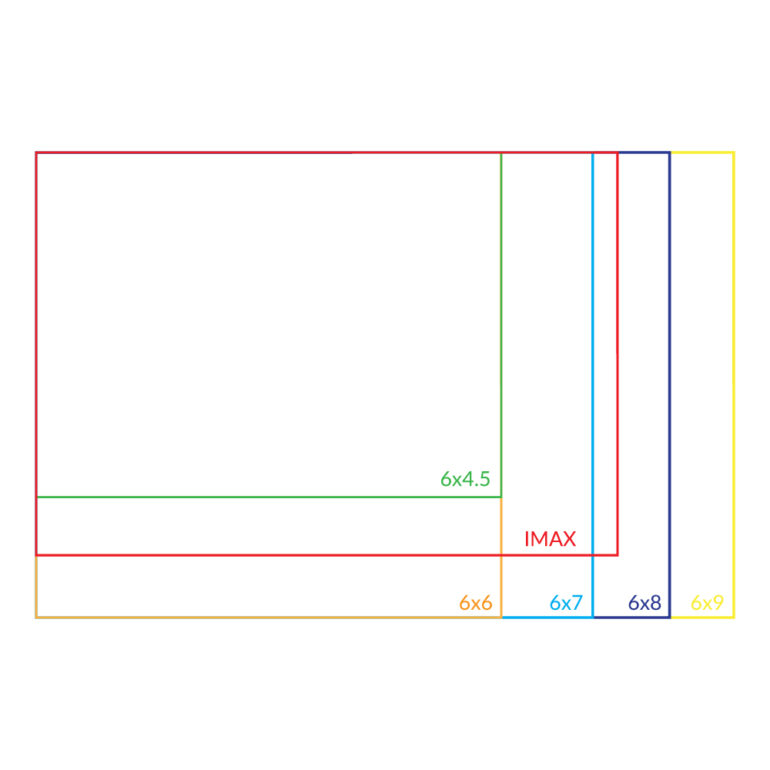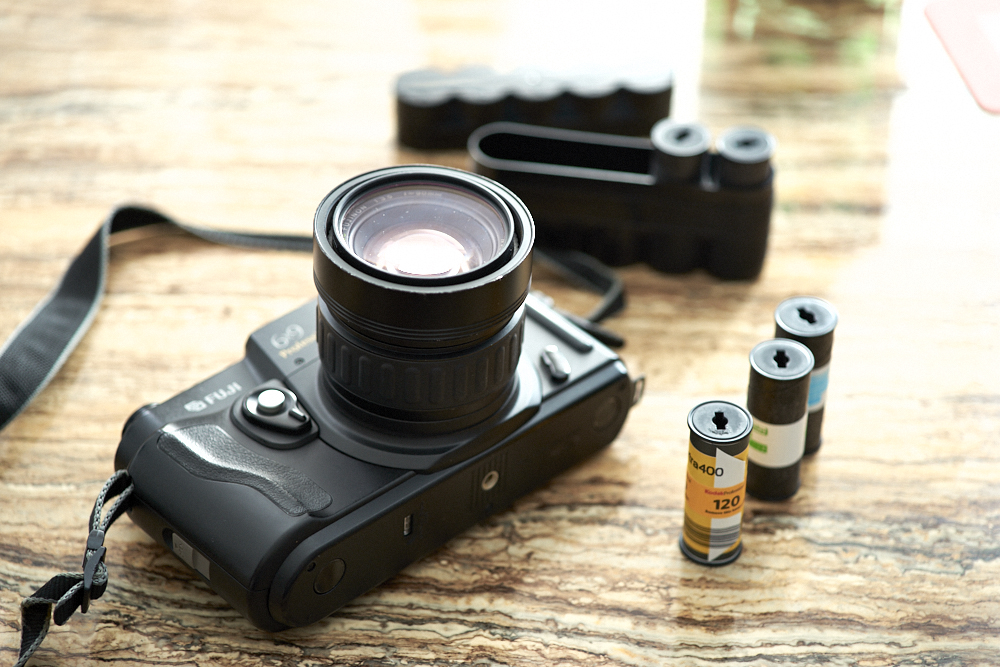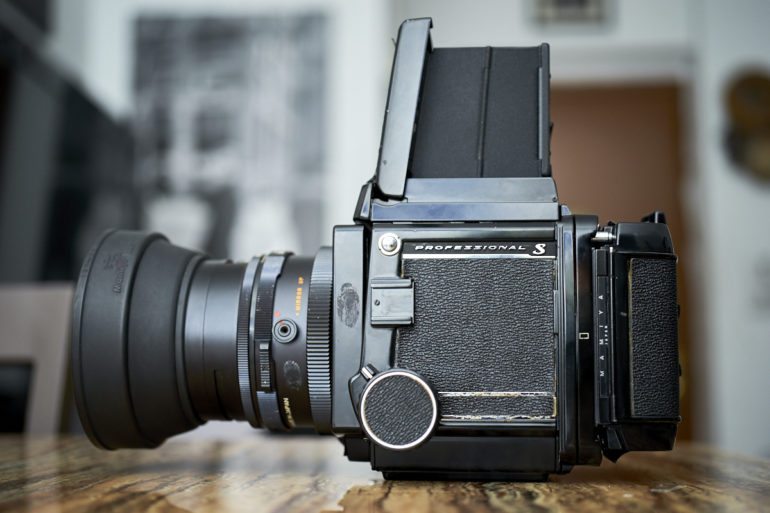Last Updated on 05/20/2017 by Chris Gampat
When it comes to a lot of photography, 35mm has been the standard for many years. In cinema, Super 35mm has been–and it’s around the size of APS-C digital. But what about larger formats? In photography, we’ve got 120 film and in cinema there’s IMAX. IMAX is considered large format in cinema and arguably it’s really beautiful. IMAX film is rated to be around 70mm in size; visually it’s really 65mm and 5mm are used for audio.
But how does it compare to 120 film?
First off, what you should know is that we’re obviously not the first ones to think about this. For years, photographers shot with 70mm film with cameras designed to shoot 120 film using special camera backs.
Oddly enough, the film sizes were more or less the same. According to a Wikipedia entry:
For some professional medium-format cameras, those used in school portraiture for example, long-roll film magazines were available. Most of these accommodated rolls of film that were 100 ft (30.5 m) long and 70 mm wide, sometimes with perforations, sometimes without. Some cameras, such as the Hasselblad, could be equipped with film magazines holding 15 foot rolls of double perforated 70mm film passed between two cassettes. 70 mm was a standard roll film width for many decades, last used as late as the 1960s for 116 and 616 size roll films. It was also used for aerial photo-mapping, and it is still used by large format cinema systems such as IMAX.
70mm film used in still cameras, like Mamiya and Hasselblad, and 70mm print film used in IMAX projectors have the same gauge or height as 120 film. With 70mm cine projector film, the perforations are inset by 2.5mm to make room for the old-style optical sound tracks; a standard established by Todd-AO in the 1950s. IMAX cameras use 65mm film, which have perforations and pitch that match-up to the 70mm film used in IMAX projectors.




